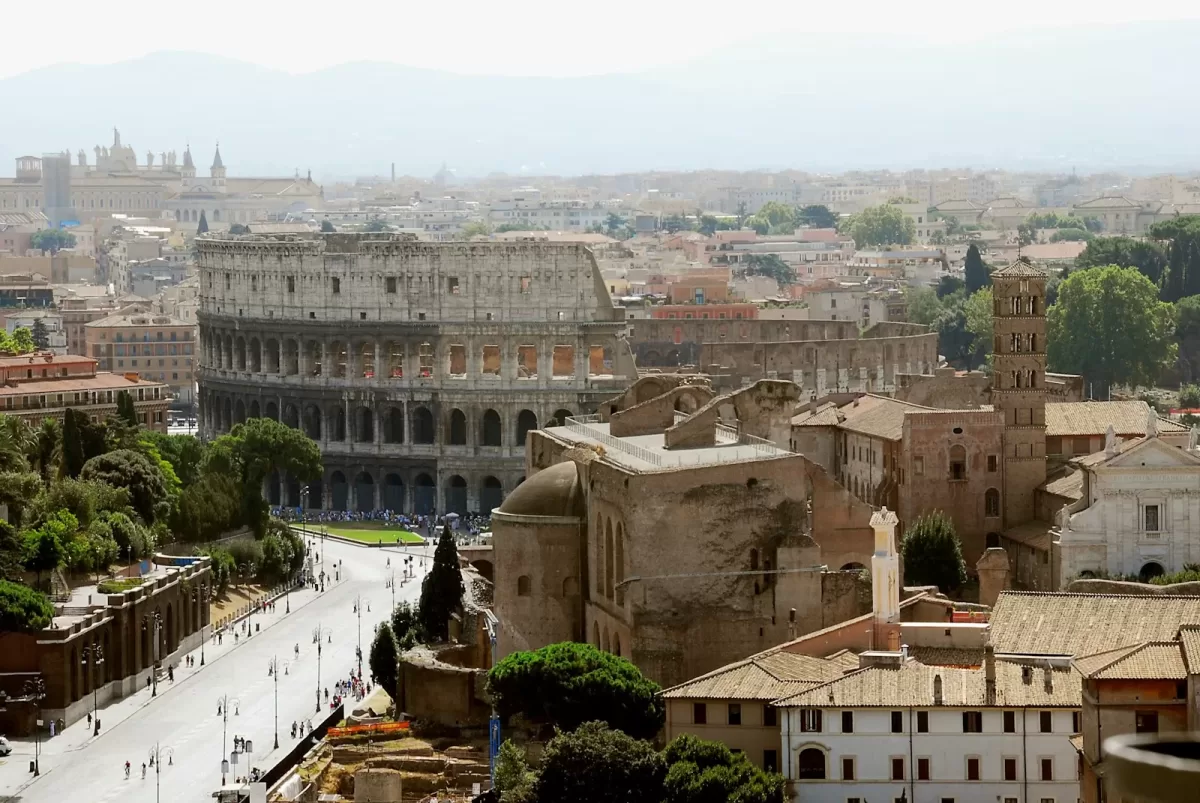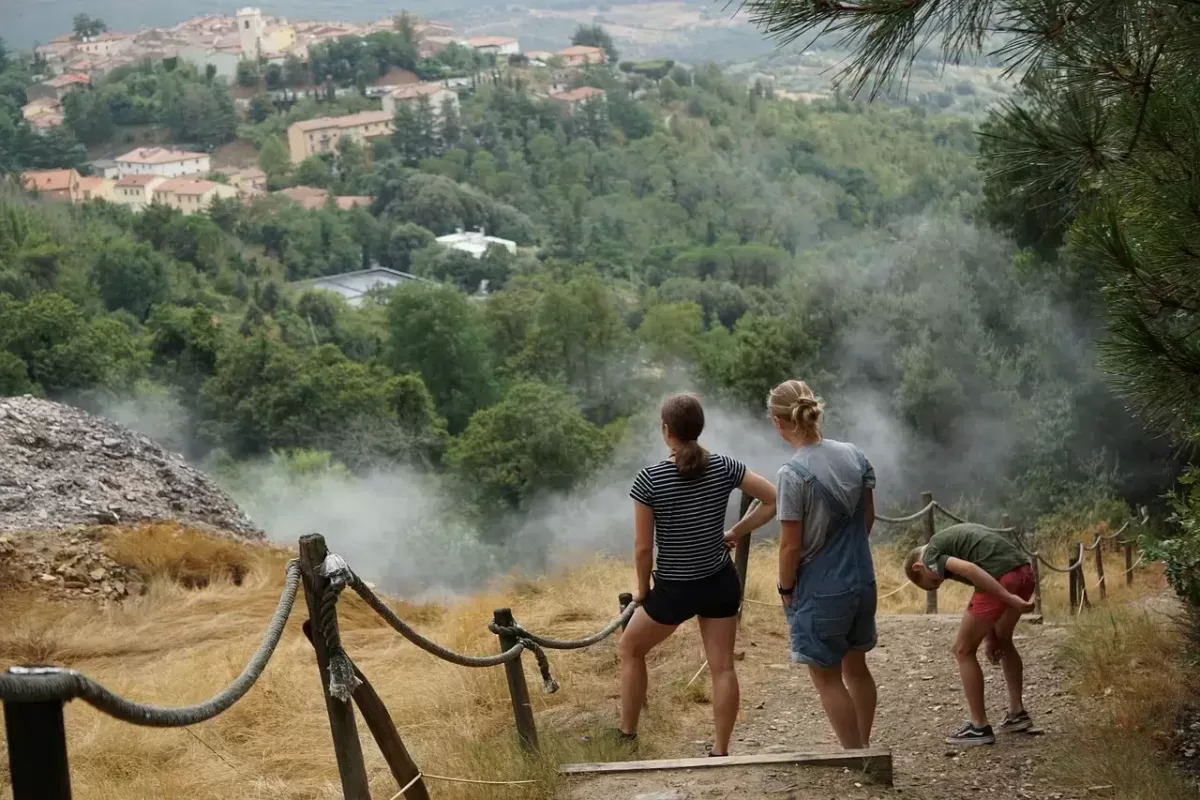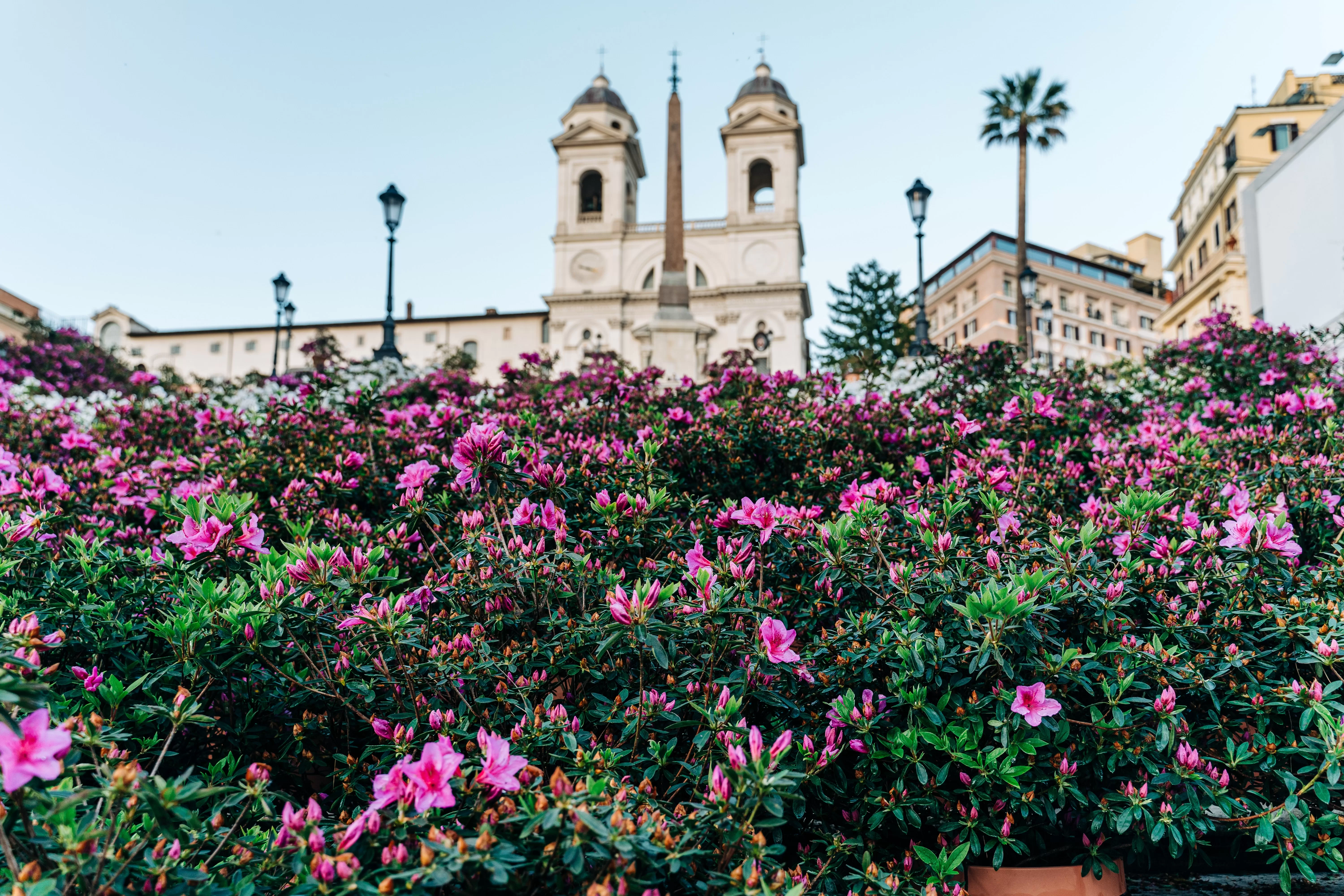Is Rome a City or a Country? Clarifying the Confusion
“Is Rome a City or a Country?”
This common confusion is something I stumbled upon when arranging a vacation with my family last summer.
This is a common question my readers ask about Rome’s actual status.
Was it a mere city or something more akin to its glorious past as an empire’s heart?
This led me down a fascinating path of discovery about where the confusion comes from, and I thought I would share.
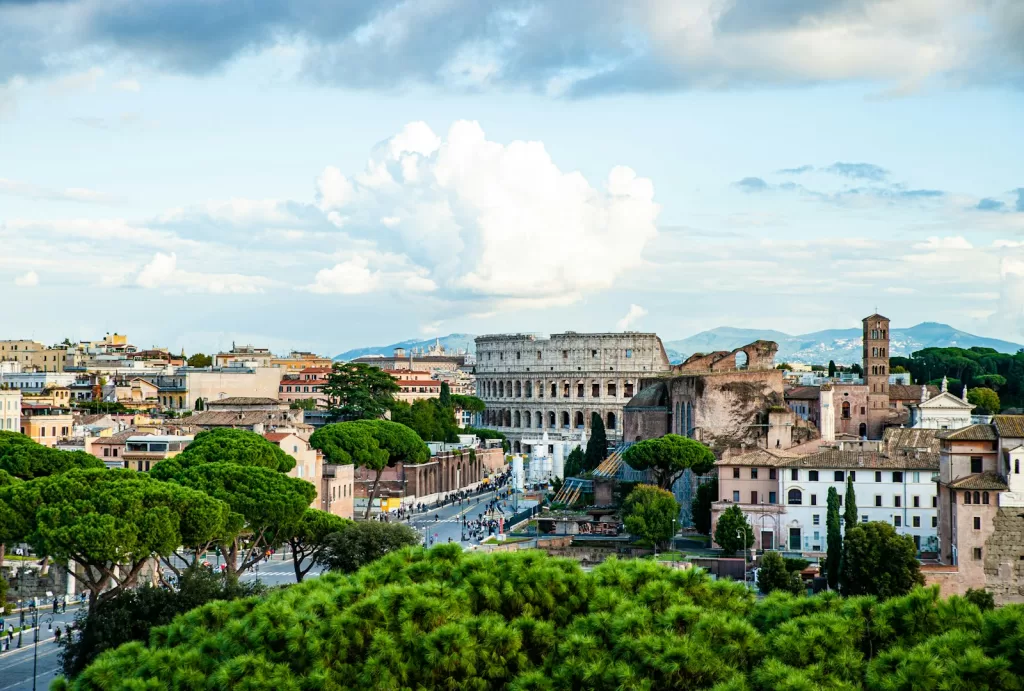
Rome is a city.
Let’s clear up a common question right off the bat: Rome is definitely a city, not a country.
But oh, what a city it is! Rome isn’t just any city; it’s a living, breathing history book.
Once the heart of the mighty Roman Empire, this city has seen empires rise and fall and has stories etched into every cobblestone.
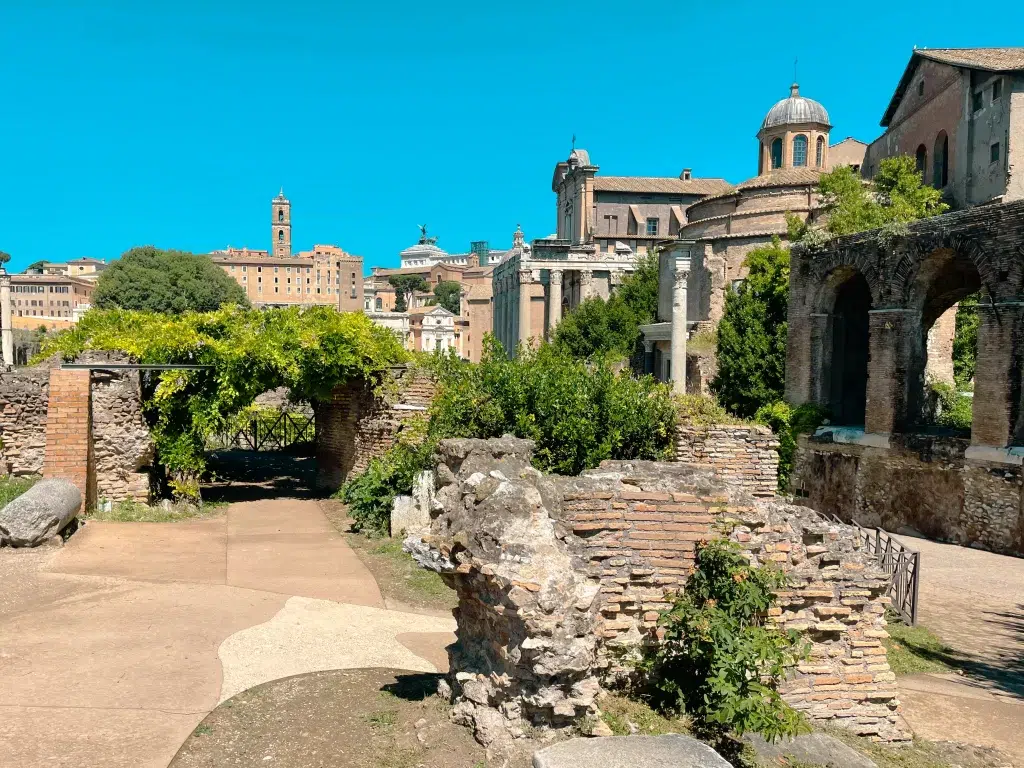
Where does the confusion come from? Is Rome a City or a Country?
Part of the confusion about whether Rome is a city or a country might also stem from its grand history as the heart of the Roman Empire.
Once upon a time, Rome wasn’t just a city; it was the powerhouse of one of the largest empires the world has ever seen.
The Roman Empire stretched across continents, from the sandy deserts of Africa to the misty shores of Britain. So, when people hear ‘Rome,’ they often think of this massive, powerful entity that ruled a vast chunk of the ancient world.
In those days, saying ‘Rome’ was like saying ‘the center of the known universe.’ It was where emperors made decisions that affected millions, and its influence touched every corner of the empire.
This historical might and breadth make it easy to think of Rome as more than just a city in the modern sense.
Fast forward to today. Rome is the bustling capital city of Italy, but its legacy as the heart of an empire lingers in the air and the architecture.
This rich, powerful past blurs the lines in people’s minds, making it seem like Rome could be its own country, just like it once was the center of a vast empire.
But while its empire days are long gone, Rome’s influence as a cultural and historical powerhouse remains, adding to the confusion and its eternal allure.
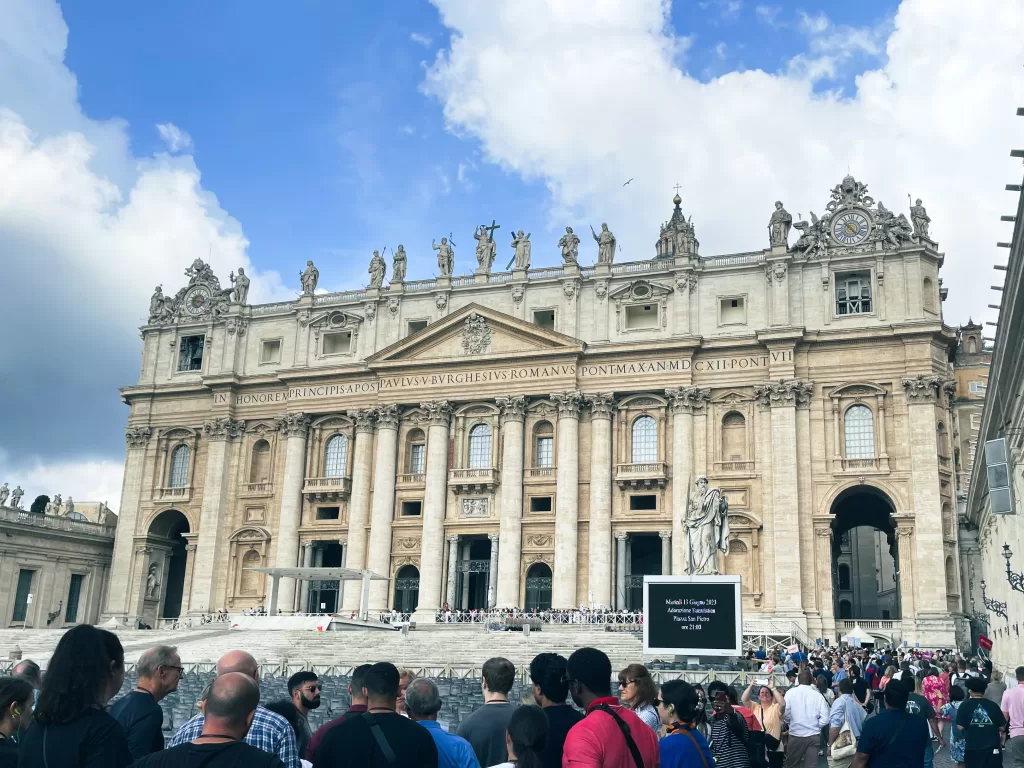
Ancient Rome
Rome, oh Rome! As the capital of the Roman Empire, it was the epicenter of power, culture, and innovation in the ancient world. Here’s a quick snapshot:
- Powerhouse of the Ancient World: Imagine a city so influential that its decisions shaped continents. Rome was that city, the command center of an empire sprawling from Britain to Africa.
- Cultural Melting Pot: It wasn’t just about power; Rome was the New York City of its time. Artists, philosophers, and architects flocked here to the Roman Forum, turning the city into a hotbed of ancient culture and innovation.
- Architectural Marvels: Rome’s architects were masterminds. The Colosseum? A mega-stadium that makes modern arenas look like little league fields. With its massive dome, the Pantheon was the headquarters of ancient architecture.
- Legacy that Lasts: The Roman Empire might have fallen, but its influence? Still kicking! Modern languages, laws, and even road systems tip their hats to Rome’s genius. You can still see much of this ancient Roman culture in the city’s historic centre.
In short, as the heart of the Roman Empire, Rome was where the magic happened.
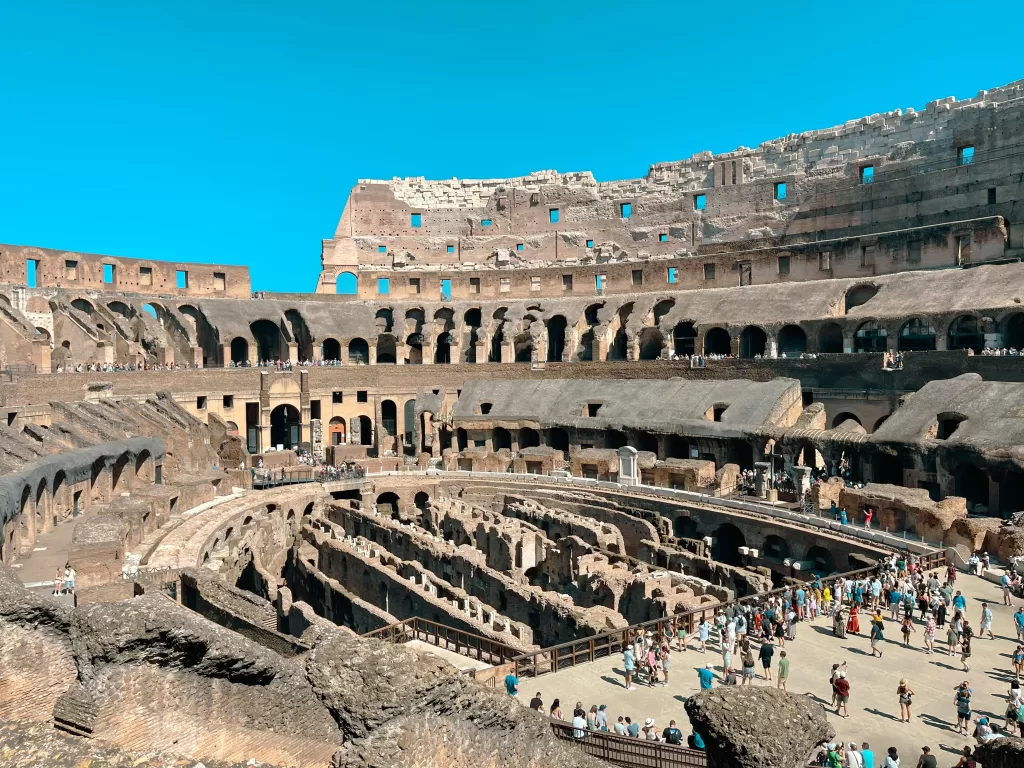
Modern Day Rome:
Rome isn’t just the Italian capital; it’s home to about 2.8 million people living there.
That’s a lot of people! It’s the largest city in Italy and one of the busiest in the European Union.
Every day, hordes of tourists come to see the cool ancient metropolis, making the city even more lively.
This city is huge! It covers an area of about 1,285 square kilometers. From the old ruins to modern buildings, there’s always something amazing to see.
Besides being a tourist favorite spot, Rome is essential for businesses. It is the hub for business, from tech stuff to fashion and even movie-making.
The city has buses, trams, and a Metro (that’s a subway). The Metro isn’t as big as some other cities, but it’s growing and getting better.
And don’t forget about the areas around Rome. The suburbs and smaller towns nearby are quieter and have their own cool stories.
So, Rome’s not just about old buildings and history; it’s a busy, buzzing place where millions of people live, work, and have fun.
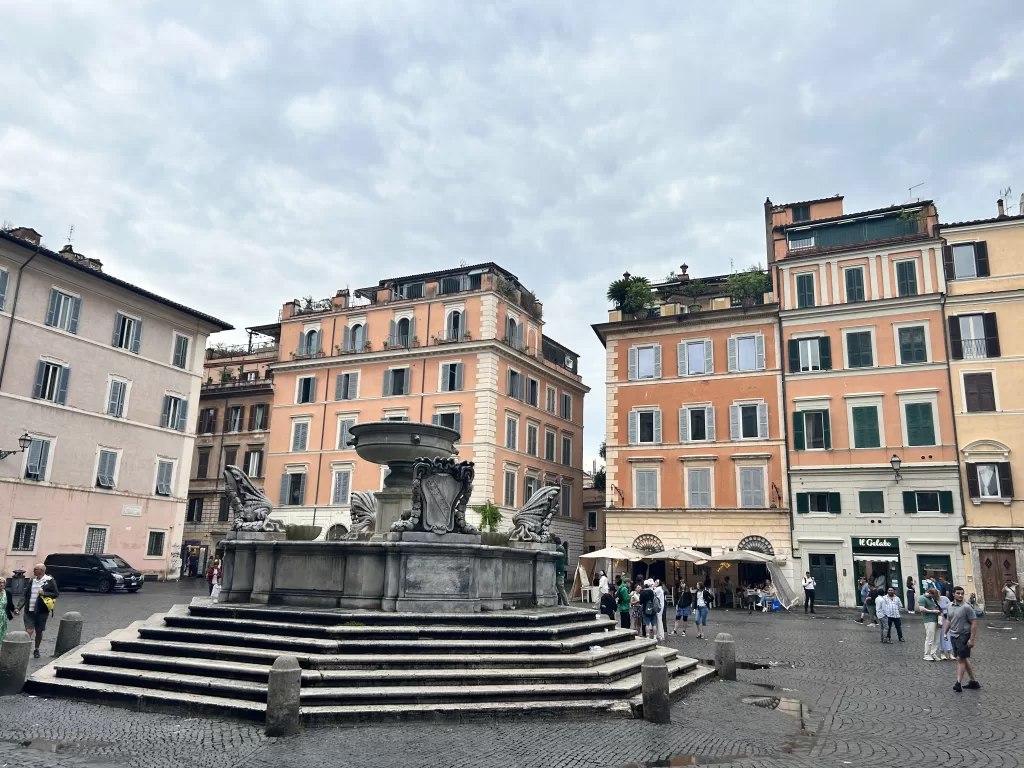
What about the Vatican?
Rome and Vatican City are neighbors.
Rome, as we talked about, is a big, bustling city.
It’s the capital of Italy and is full of history, people, and amazing places to visit. Now, here’s where it gets interesting: right in the heart of Rome is Vatican City, but it’s a whole different country!
Vatican City is super tiny – it’s actually the smallest country in the world! It’s only about 44 hectares, so small you could walk across it in just 20 minutes.
But even though it’s tiny, it’s got its own post office, radio station, and even its own army – the Swiss Guard, those guys in the colorful uniforms.
So, why is Vatican City a separate country? It’s all about history.
Vatican City is the home of the Pope, the leader of the Roman Catholic Church. Back in the day, the Popes ruled over a big area of papal states, but over time, that land got smaller and smaller.
Finally, in 1929, Italy and the Pope made an agreement called the Lateran Treaty. This made Vatican City its own independent country.
Here are some fun facts:
- Even though Vatican City is inside Rome, it has its own rules and even its own passport!
- If you mail a letter from Vatican City, it gets a unique Vatican stamp.
- Vatican City is the only country to say it’s an entire UNESCO World Heritage site.
Final Thoughts
In conclusion, Rome is undeniably a city, a spectacular one at that.
This journey into Rome’s identity enriches our understanding and appreciation of this magnificent destination.
Ideal for families, the eternal city offers a unique blend of ancient and modern attractions, making it a must-visit on any travel itinerary.
So, let’s explore Rome, a city where history comes alive at every turn.


